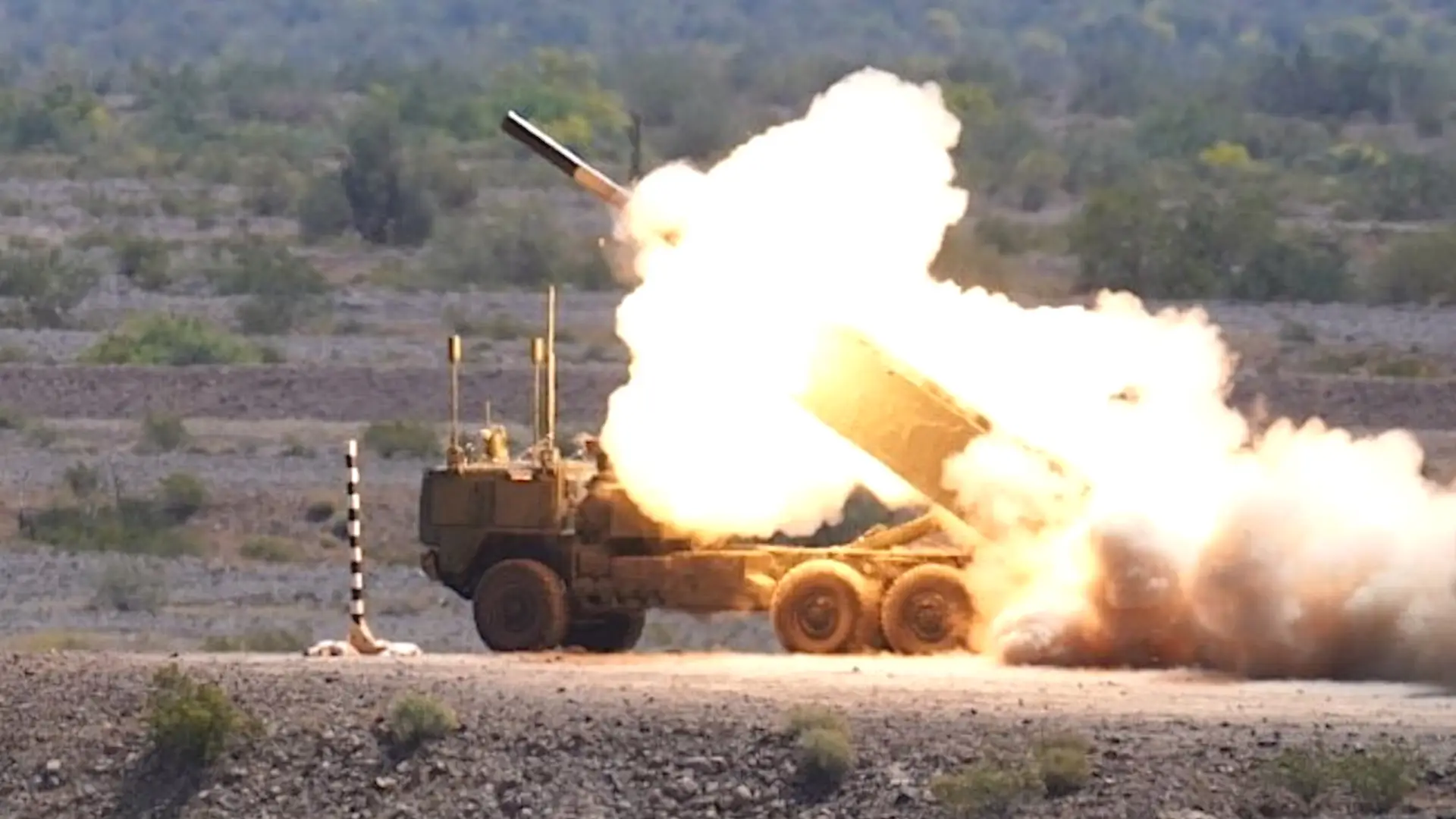The US Army has successfully conducted the first firing test of the HIMARS unmanned missile system, which will be able to use PrSM ballistic missiles with a range of up to 500 kilometres

The first firing tests of the unmanned HIMARS missile system have taken place in the USA. The autonomous version of the missile system is called AML (Autonomous Multi-domain Launcher).
The aim of the project is to improve the ability to strike land and sea targets without additional personnel. The first test of the unmanned configuration of the M142 HIMARS High Mobility Missile System took place last month at Yuma Proving Ground in Arizona.

The AML is based on the M142 HIMARS, but is externally distinguished by a truncated portion of the cockpit. The US Army has been working on the AML programme for at least five years.
The system can navigate a route based on waypoints. It is also designed to move as part of a convoy. The operator can operate the AML either near the launcher or a short distance away from it. Prior to the firing tests, the U.S. Army tested the system in different movement and control modes.
During the tests, the unmanned HIMARS successfully launched munitions called RRPR (Reduced Range Practice Rockets). The US Army verified that the AML system can autonomously reach a firing point, maintain a set course and execute fire control commands.

The RRPR is a 227mm calibre rocket. It has no guidance system or warhead. It has a maximum launch range of approximately 10 miles (16 km). The projectile was developed for training M142 HIMARS and M270 MLRS crews when there are restrictions on launching full-range missiles.
Missiles for the AML
The AML can use the same types of missiles as the conventional M142 HIMARS. Specifically, the GMLRS high-precision projectiles with a range of up to 150 kil ometres in the ER variant, the ATACMS tactical missiles (up to 300 kilometres) and the new PrSM short-range ballistic missiles (up to 500 kilometres).
In 2022, the popularity of HIMARS increased dramatically. In the summer, the US began delivering missile systems to Ukraine with GMLRS munitions with a range of up to 80 kilometres. The new weaponry allowed Ukrainian forces to destroy many Russian military facilities behind the front line.
In 2023, the US transferred ATACMS to Ukraine for the first time. The number of missiles was not officially confirmed, but there were rumours of several dozen units with cluster warheads and a maximum launch range of about 150 km. This year, the US transferred a new batch of ballistic missiles for HIMARS to Ukraine.

At the same time, the US Army is actively transitioning to PrSM. It is ATACMS that will displace short-range ballistic missiles from the arsenal. In December 2023, Lockheed Martin officially announced the delivery of the first batch of four PrSM missiles.
The current version of the PrSM is capable of engaging targets within a 500 kilometre radius. However, Lockheed Martin is working on other modifications of the missile. It is possible that the Increment 4 configuration will increase the launch range to 1000 km.
The HIMARS launcher holds only one ATACMS missile. In the case of the PrSM, the container can hold two ballistic missiles.
U.S. Army unmanned weapons
AML is not the only US Army programme that focuses on autonomy. The agency has also developed the Typhon Weapon System, which can strike with Tomahawk cruise missiles and SM-6 anti-aircraft missiles. The first tests of the system took place almost a year ago.

The Typhon Weapon System battery includes four launchers and a command centre. The system uses launchers based on the Mk 41 vertical launch system.
The Typhon Weapon System is being developed by Lockheed Martin. The Mid-Range Capability (MRC) programme was launched to develop the weapon. The four Typhon systems will occupy a niche between tactical ballistic missiles and hypersonic weapons.